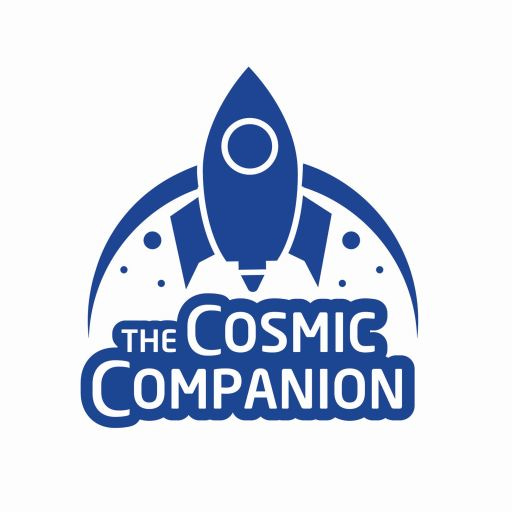Hello everyone!
Thousands of centuries ago, on the ancient plains of Africa, our most distant hominid ancestors looked upward, embracing the pitch-dark night sky above their heads.
Cultures around the globe made up stories of the bright band of light which ran across the inky darkness.
Little could any person imagine the Milky Way was composed of hundreds of billions of stars, let alone comprehending the notion of a trillion galaxies throughout the Cosmos.
Later on in the show, we’ll talk with Dr. Joe Pesce, astrophysicist at the National Science Foundation, talking about the supermassive black hole at the center of the Milky Way.
(full transcript continues below for VIP subscribers)
Next week on The Cosmic Companion, we will look at Robots in Space, talking with Jason McKenna, Director of Educational Strategy at VEX Robotics! Make sure to join us starting on 14 June!).
Clear skies!
James
VIP Extra:
(transcript, cont.)
In 1610, the same year Henry Hudson became the first European to see Hudson Bay (WHAT a coincidence!), astronomer Galileo Galilei pointed his telescope toward the Milky Way. Doing so, he became the first person to clearly see individual stars within this diffuse band of light.
For centuries, we believed the stars of the Milky Way held the entirety of everything in the Universe. The Andromeda Galaxy, the nearest large galaxy to the Milky Way, is visible with the naked eye. In fact, it is the most-distant object which can be seen by the human eye without a telescope. However, this blurry patch of light in the sky was long thought to be a local nebula of gas and dust.
In 1920, The New York Times lambasted rocket pioneer Robert Goddard, saying he “…seems to lack the knowledge ladled out daily in high schools.” Undeterred by such sentiment from an anonymous columnist, science somehow trudged forward with the Great Debate.
This contest of ideas between Harlow Shapley and Heber Curtis pondered the nature of “spiral nebula,” like Andromeda, seen in space. Shapley held to the old-school notion believing these bodies were fairly small, lying within the Milky Way. Curtis argued that spiral galaxies were, instead, island universes like our own Milky Way. Spoiler alert — Curtis was right.
Today, we know galaxies come in a wide variety of sizes and shapes. One thing nearly every galaxy has in common, however, is found near its core — a supermassive black hole.
Sagittarius A* (pronounced Sag A Star), the supermassive black hole near the center of the Milky Way, holds onto more than four million times as much mass as our Sun. Recently, astronomers using the Event Horizon Telescope, a global network of radio telescopes, imaged Sgr A* in detail for the first time ever.
We talk with Dr. Joe Pesce, astrophysicist at the National Science Foundation about this exciting new look at our local supermassive black hole.
Galaxies are generally classified into four main types — spiral, elliptical, irregular, and my personal favorite, peculiar galaxies. I identify with those.
The Milky Way is considered to be a barred spiral galaxy — a spiral galaxy, with… bars. The star type — not Milliways. We believe our own family of stars looks much like the barred spiral galaxy UGC 12158, nearly 400 million light years from our home.
Our local family of stars is ancient, first forming more than 13-and-a-half billion years ago. This makes the Milky Way roughly three times older than the Earth and Sun, and not much younger than the Universe itself.
The Milky Way has been here for a long time, but nothing lasts forever. More than four billion years from now, the Milky Way will collide with the Andromeda Galaxy — the big neighbor next door. This will merge the two galaxies together in a new, oddly-shaped megagalaxy called Milkdromeda. Bear with us. It’s a working title. We have billions of years before we need to commit to a name.
Join us next week on The Cosmic Companion, as we take a look at Robots in Space! We will be talking with Jason McKenna. He is Director of Educational Strategy at VEX Robotics. Make sure to join us starting on 14 June.
{Missing it would not compute. I agree.}
Check out all our episodes at TheCosmicCompanion.tv or visit us at The Cosmic Companion anywhere online!
Thanks again for being a VIP subscriber! You make this all possible!
James






The Milky Way Galaxy w/ Joe Pesce, astrophysicist w/ The National Science Foundation